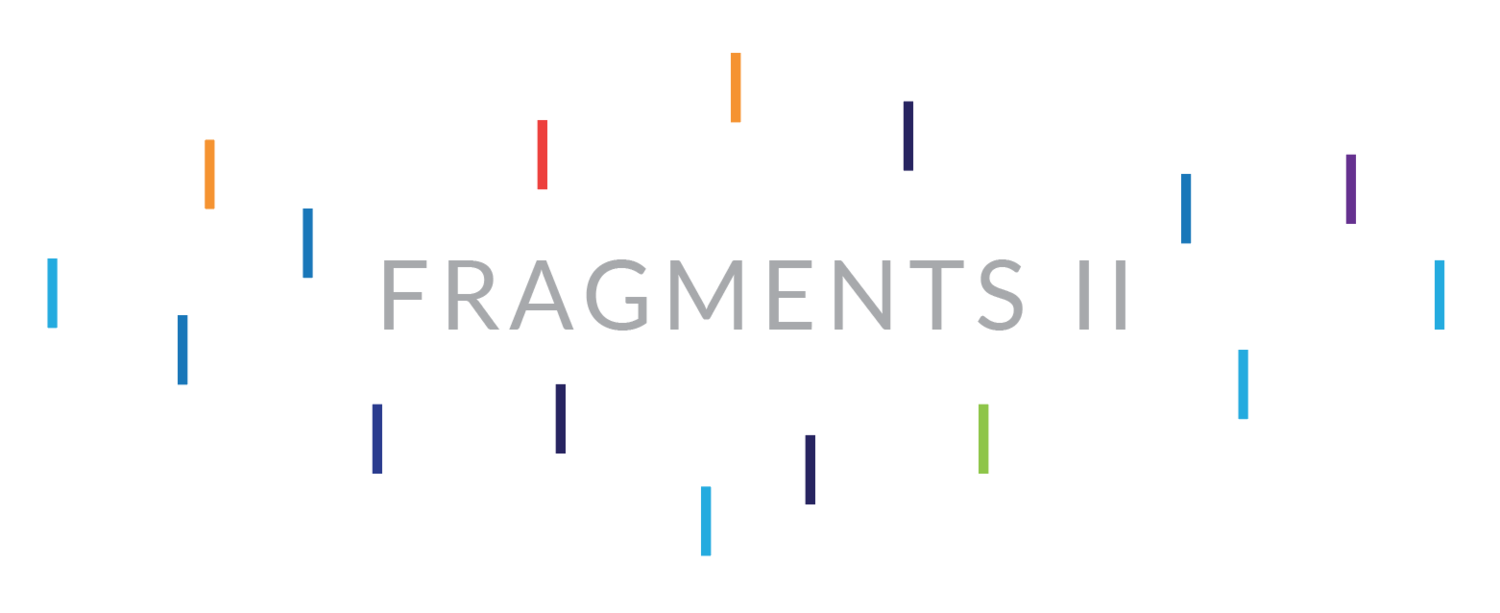What Will the Future of International Education Be? 5 Lessons in Superforecasting
Even in normal times, there is a lot of crystal-ball gazing around this point in the school year as we try to predict how many students will walk through our doors on the first day of next school year.
But these are not normal times. So it appears that we are also leaning heavily on our predictive powers right now to look deeper into the future and catch a vision of how things will be several years from now. And not just in terms of student enrolment. The entire future of how our schools will function appears to be the subject of some considerable debate and not an insignificant amount of opinion and conjecture.
The problem with forecasting, argue Philip Tetlock and Dan Gardner in the book Superforecasting: The Art & Science of Prediction, is that most people are not very good at making predictions. In fact, they say, the average “expert” on the future is “roughly as accurate as a dart-throwing chimpanzee.”
Fortunately, however, for the authors of Superforecasting at least, an ability to accurately predict the future is not a “you have it or you don’t” talent. Rather, it is a skill that can be cultivated.
For anyone who is interested in the future of international education - or simply getting better at predicting next year’s enrolment - this book is absolutely worth a read. In the meantime, here are five lessons in superforecasting that I am taking away from what I’ve already read, along with some questions for further reflection that come to mind.
1. Ask the right questions. Don’t waste time on “impenetrable ‘cloud-like’ questions”, nor on questions about the future that are relatively easy to predict. A Superforecaster is one who concentrates on “questions in the Goldilocks zone of difficulty, where effort pays off the most.”
What are the big questions we are asking right now about the future of our schools that are simply too impenetrable to be worth asking?
2. Be specific. Forecasts are often diluted by generalisms about the future that lack any degree of specificity. A Superforecaster, by contrast, breaks intractable questions down to manageable chunks that, when combined, can lead to reasonably accurate and specific estimates of how the future might look.
How can thinking about the different domains of school - curriculum, assessment, finance, resources, market, etc - help us break down the work into manageable, if connected, chunks?
3. Avoid making patterns out of randomness. Whilst the future is random in so many ways, we tend to be fooled into thinking that we can see patterns and order where sometimes there is none. The Superforecaster resists what is commonly referred to as a “regression to the mean” and instead keeps open the strong possibility of the future surprising us all.
What is our capacity and willingness to remain open to unpredictable futures, not rooted in what “usually happens”?
4. Become an outsider. An insider tends to approach a situation based on the information that is within her grasp. She works with what she has and comes up with an estimate that is her anchor point. The point is, however, even if she adjusts along the way, it will almost certainly be insufficient because she has not looked at the bigger picture. The Superforecaster, on the other hand, starts with the perspective of an outsider, which can often be far more effective in establishing the range of possible futures that may occur.
Where are the external perspectives that we need to seek out to ensure that we are not envisaging a future within the confines of the school-as-we-know-it?
5. Commit to being perpetual beta. The Superforecaster is always someone who is continually cautious, humble and willing to revise and adapt along the way. In fact, Tetlock and Gardner conclude, these qualities are far more important than knowledge or intelligence. In other words, being a superforecaster is far less to do with traits that someone might possess than with behaviour.
What are the systems and structures in our school that allow us to continually revise and adapt our plans for the future?
There is no doubt that some of our collective predictions on the future of international education are likely to turn out as accurate as a dart-throwing chimpanzee. So perhaps our task is to begin to acknowledge and emulate those that are the product of deep, deliberate practice as opposed to wishful thinking.
Photo by Photoholgic on Unsplash.




